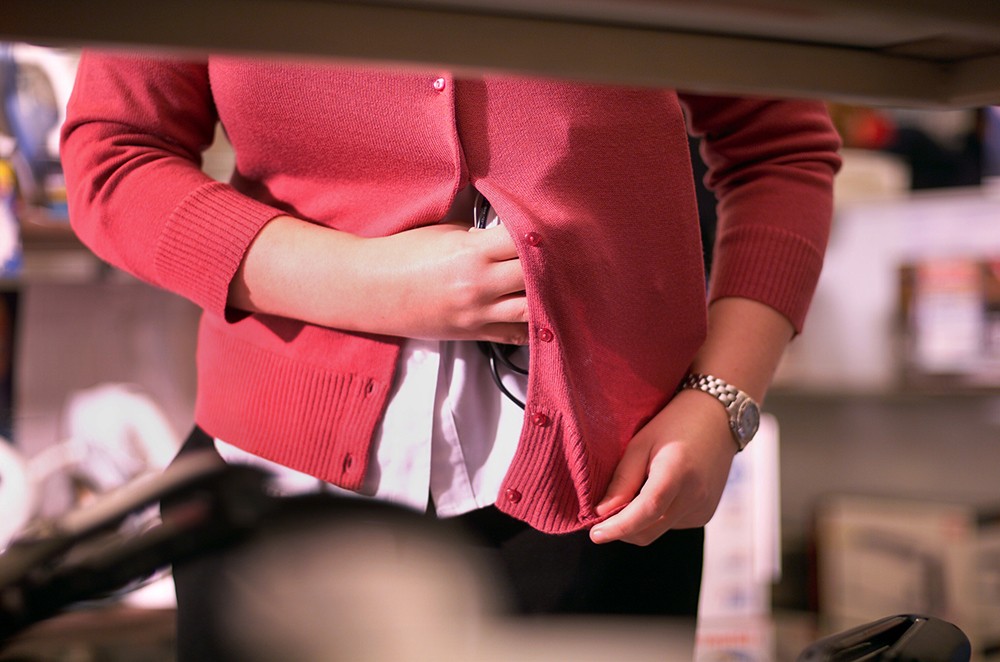
Treading the line between retail loss prevention and overkill
Since the dawn of retail, loss prevention has always been a balancing act.
On the one hand retailers work hard to attract consumers with attractive displays and a suburb customer experience. On the other they are looking to minimize the potential for a shoplifting epidemic that currently costs them $777,877 per $1 billion in sales.
So, how do you strike the right balance?
The eternal balancing act
Right about now, retail is all about the “customer experience”. In a landscape where bricks and mortar is locked in a head-to-head battle with the online realm, real-world retailers are actively being encouraged to play to their physical strengths offering a tactile encounter where consumers can touch, feel and try the items they hope to buy.
At the same time, however, statistics indicate loss through shoplifting, fraud and employee theft remain at a high.
“It’s the classic dilemma of retail,” Professor Emeritus and long-time National Retail Federation advisor Richard Hollinger recently told USA Today.
“You don’t want your stores to be just display areas where goods are locked down… Shopping remains a tactile, visual experience.”
So, how do you tread the fine line?
The right technique in the right place
From smart locks to electronic article surveillance, the loss prevention sector has come of age in recent times, with a range of suitable options now available to not only protect your stock against theft but offer a minimalist and pleasing aesthetic when it comes to countering retail shrinkage.
The art of using these new techniques to have maximum effectiveness comes down to understanding the value of your stock, knowing which stock is likely to be targeted and finding the security solution that suits.
Getting it right
There are several factors to consider when finding out what strategy is right for your products. These include:
- The value of the item
- The volume of sales
- How customers need to experience that product to encourages sales
- The item’s likelihood of theft
- It’s positioning in your store
When you have determined these factors, then choosing the right solution to suit is simplified.
What product, which strategy?
- Low-value items
If the product is of low value but high in volume, such as groceries or pharmaceutical goods, then staff monitoring, CCTV, and, where appropriate, labels are better suited to do the job than hard tags or locking an item in a display cabinet.
The key points to remember here are that the item needs to be accessible, the merchandise needs to be the “hero” rather than the security, and the security feature needs to be easily and quickly disabled.
Other ways of combatting theft include positioning low-value, high-volume items where they can be seen and monitored by staff.
- High-value items
High-value products like electronics, handbags or designer apparel require a different approach. The high value of the product will likely mean that the consumer wants to touch, feel and experience it prior to making a purchase.
Electronic article surveillance and hard tags are the preferred security measure for these items, although lockable displays are also an option.
When selecting security tags for high value items, consider opting for high-strength tags that are less prone to illicit removal. Also factor in the way they are attached to the item. Handbags and shoes, for example, are often best secured using tags attached by reinforced lanyards or cables so as not to damage the product.
Meanwhile, high-value merchandise should be positioned within line of sight to the staff, and kept away from doorways.
- For fashion and apparel
The best option is the use of security tags, and there is a range of products to help protect these items including clothing tags, and cable/lanyard tags that can attach an EAS tag to your products without a pin passing through the item.
- For tablets and mobile phones
Security tablet stands or tethered alarmed display works best. Security is often further supported by having one item on display, but the remaining stock is secured in a lockable cabinet or drawer.
- Regularly stolen items
It is interesting to note that items like electronic accessories, razors, liquor and sunglasses are among the most popular items to be targeted by thieves.
Some of these are high-value and some are minor, but their small size makes them easy for shoplifters to conceal and remove from a store.
For retailers looking to combat the theft of these items, there is a range of options available. These include display hook stop locks and hard tag spider or package wraps for electronic accessories, bottle tags for liquor bottles and small, unobtrusive tags for eyewear.
Meanwhile, many retailers employ different tactics like time delay locking hooks for low-value products that are easy for criminals to turn over quickly, such as often targeted products like razors.


